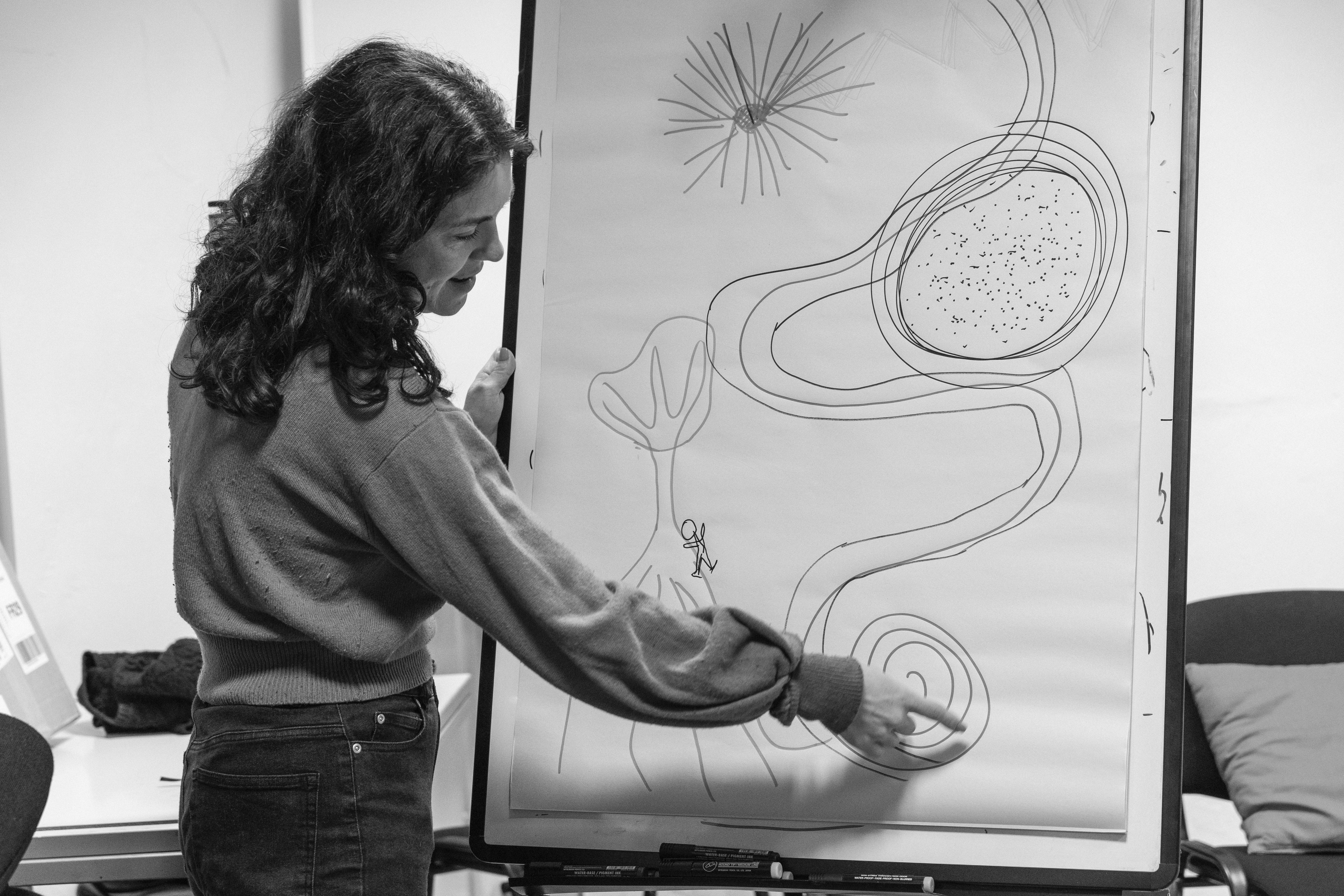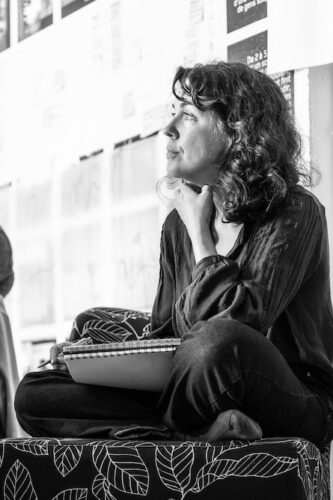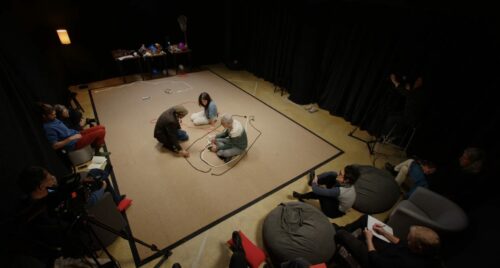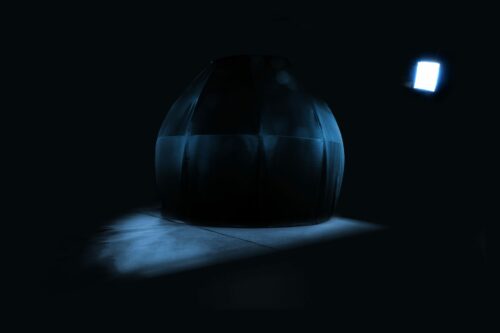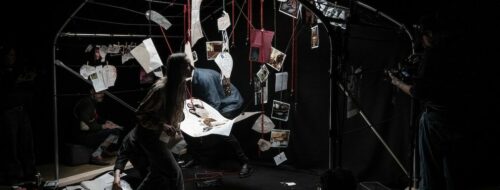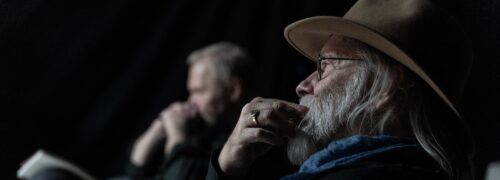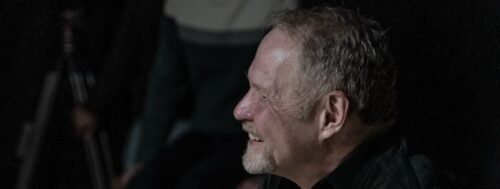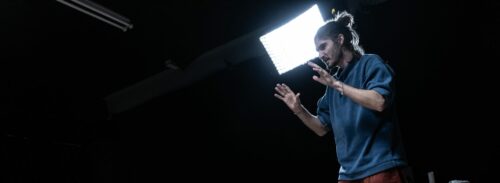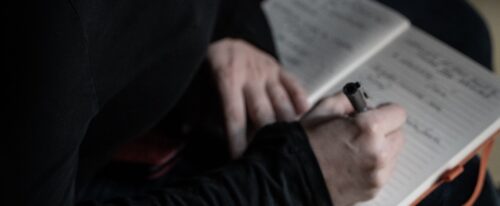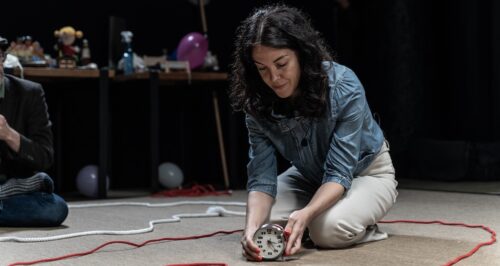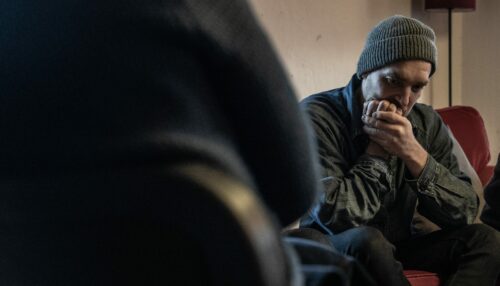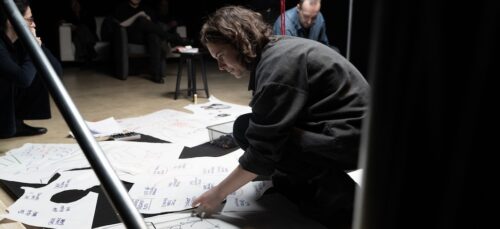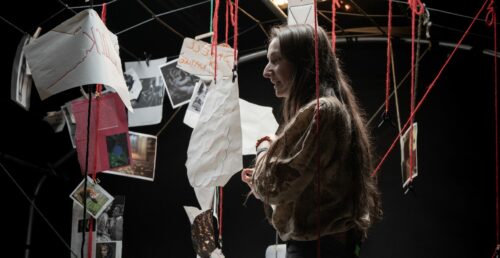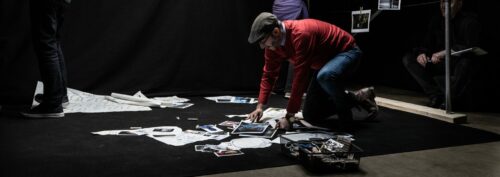Gabrielle Brady
Gabrielle Brady is Australian, she makes hybrid films, working in creative collaboration with film protagonists. Her latest feature film THE WOLVES ALWAYS COME AT NIGHT has recently had its world premiere in the Platform competition at TIFF and will be shown in competition at London Film Festival, Marrakesh international film festival, IDFA and Zurich.
Her award-winning debut ISLAND OF THE HUNGRY GHOSTS (2019) screened at over 80 international film festivals and had a theatrical release in the US, UK, Germany, and Australia. The film has won over 30 international awards including; Best Documentary at the Tribeca Film Festival, Byens-Chagoll Award at Visions du Reel, Human Rights Award at IDFA, Grand Jury prize at the Mumbai Film Festival and was nominated for an Independent Spirit Award. Brady studied Documentary Direction at La Escuela Internacional de Cine in Cuba.
— As part of its 5th season, the StoryTANK team wanted to try a new experiment, under the guidance of six passionate and captivating researchers. The goal was to test and film the emergence of story ideas within experimental frameworks created by LA FABRIQUE DES MONDES — a unique initiative in Europe, developed at Le Groupe Ouest since 2023, under the auspices of the French Ministry of Culture.
The experience was offered to six screenwriters or filmmakers from six different European countries. Here, the StoryTANK provides an opportunity to explore and shed light on the creative process.
Below, a debrief by Gabrielle Brady, as she reflects on her experience.
THE CAVE
STORYTELLING: A MANUAL WORK
“ The Cave is like a kind of corridor, a physical space that encourages ideas to advance”
I see the Cave as a place where you can deconstruct everything, lay everything down, and then the process of creating the story begins, through the movement around it. The Cave is like a kind of corridor, a physical space that encourages ideas to advance. When you’re in front of a screen, you only face what you have, at that precise moment. It’s then very fixed, as if we were screenwriters ourselves, rigid, often with a block: “writer’s block.” The Cave allows for a truly creative dynamic, bringing old and new ideas together to extract their essence and, from there, build the story. The analog elements nourish it. Everything contributes to constructing a piece of history that is totally connected and relevant to the story. Writing should probably be a manual job and that is what the Cave allows.
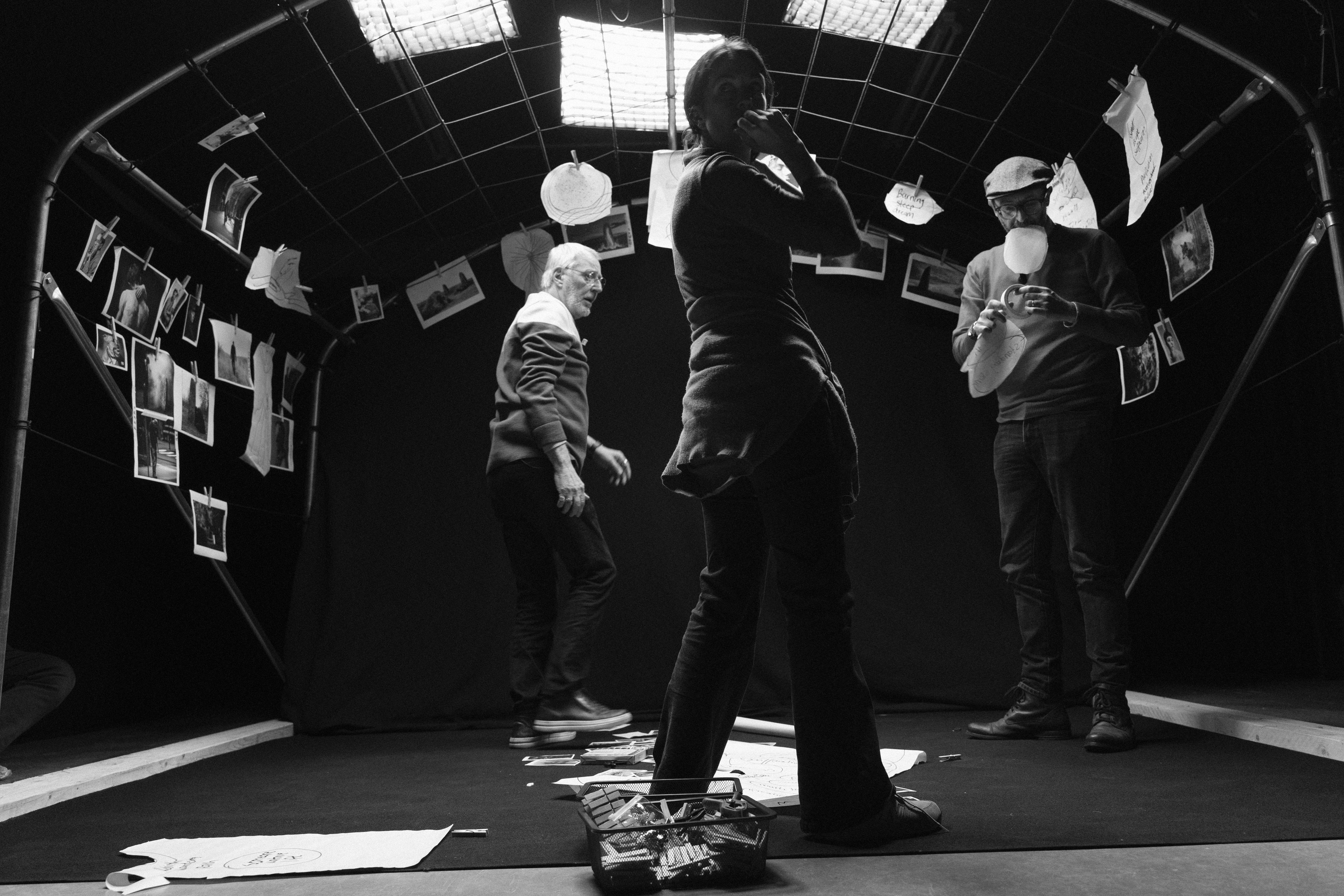
THE BLACKROOM
STORYTELLING, AN INDIVIDUAL EXPLORATION WITHIN THE COLLECTIVE
“ The Black Room reminded me of a collective dream, in which we are all connected, while each living our own experience.”
In the Black Room, in complete darkness, lying down: we react not to what we see, but only to what we imagine. Like a collective dream, we are connected, while each responding to stimuli in our own way, and we then listen to the experience lived by others, while having lived our own experience. Very close to the experience of trance, the Black Room is similar to that of cinema in the sense that all the articulated moments are not only brought about by the narration, nor even by a character, but simply captivating, without necessarily any explanation. When we are standing, we are in a position of preparation and performance. When you enter the Black Room, you can lie down, while being in a very active state, you then react precisely to sounds, data and ideas and, display precise sequences of scenes or incarnations. You extract yourself from your bodies to be able to become someone else and slip into the skin of a character. en, by listening to the feelings of others, on the connected set of fragments of shared visions. Sharing was really important and, in a way, it helped us to leave the device. The moment we turn on the light again, the exit is smooth. I don’t think I’ve ever had such a liberating experience in my creative development work. It’s really profound.
THE PLATEAU
CHAOS TO BREAK DOWN THE STORY
“It was absolutely fascinating what a story can be constructed in a short time, with tiny, simple, even banal elements.”
It’s absolutely fascinating what can be constructed in a short time, with tiny, simple, even banal elements. We describe an object very directly : what is it, what color is it: it’s like a thread that slowly unravels until a given moment, where two differents directions emerge. I don’t know if the word “explosive” is appropriate, but it’s as if everything explodes within the Plateau, and then we pick up the pieces to put them back together! A kind of total chaos unfolding in a space with witnesses, and several chaotic situations. A character is interviewed, and the writers try to make sense of differents spaces and times for this multifaceted character… From the chaos, very deep connections are born for the story.
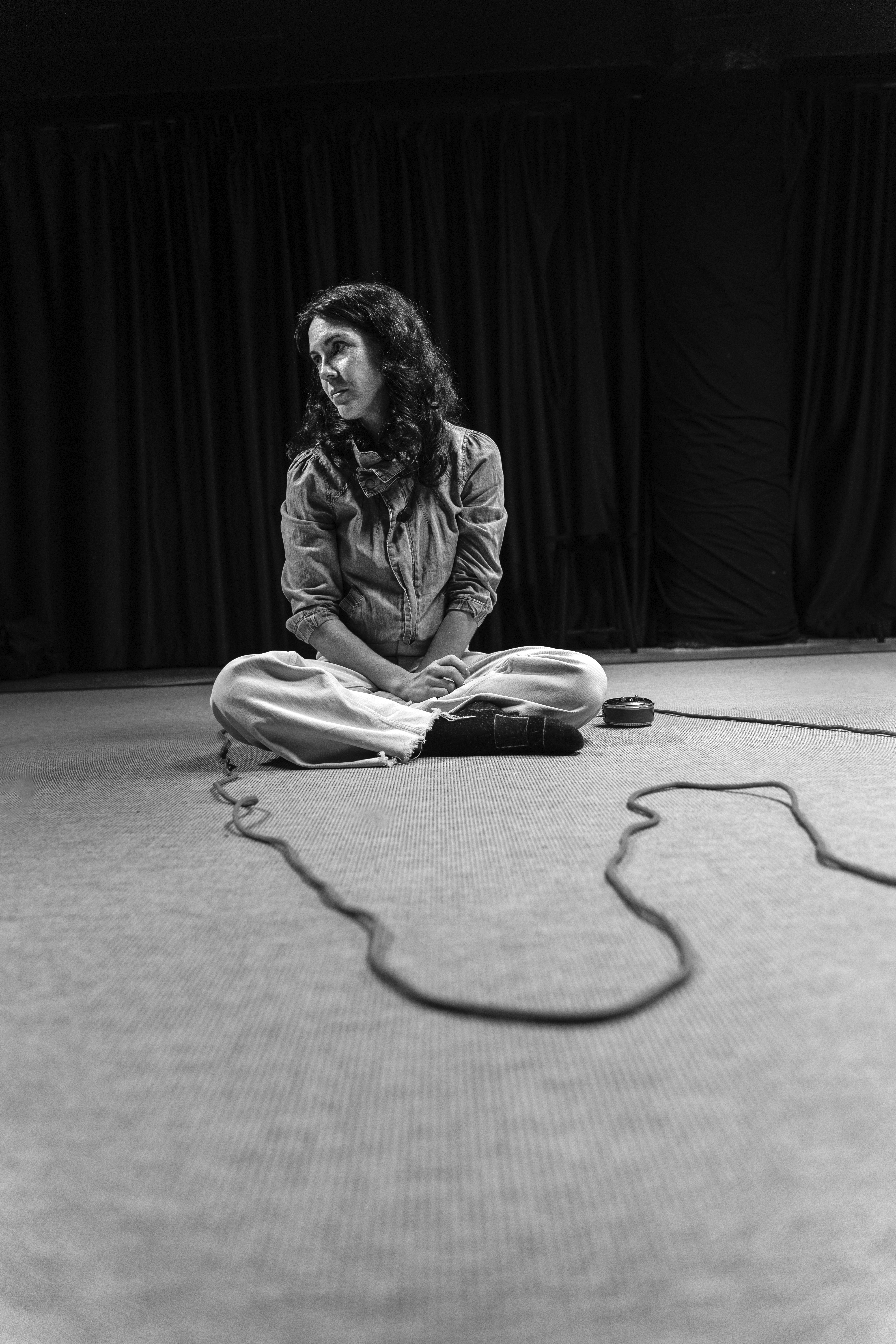
THE FACTORY OF WORLDS
THE UNEXPECTED IN STORYTELLING
“In these liminal spaces of THE FACTORY OF WORLDS, designed like dreamscapes: anything can happen.”
When you sit down and write, you control everything and feel like the god of your own script! Whereas in these liminal spaces of THE FACTORY OF WORLDS, designed like dreamscapes: anything can happen. It’s a very mental exercise to question how we want to embody our characters, but with the body, we can lose ourselves, we can find other ways of doing things. By combining the body, thought, and space in this context, discomforts are created that provoke disturbances and revelations.
